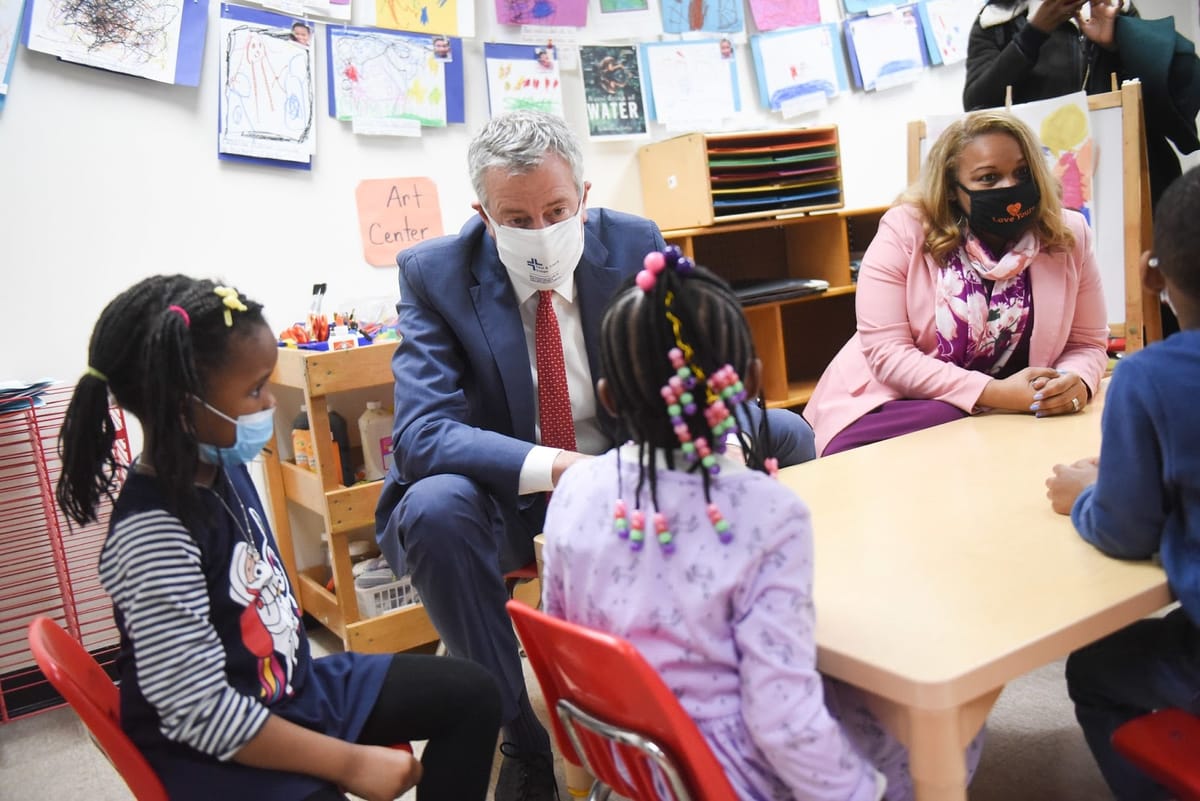New Schools Data Shows Large Attendance Disparities for Students in Shelter and English Language Learners


New York City students living in shelters missed an average of nearly one of every four school days this January, a rate far worse than their peers living in stable housing. And drops in attendance amongst English Language Learners and students with disabilities outpaced that of other students, raising concerns that existing educational disparities have only worsened during the pandemic.
That’s according to a policy brief published yesterday by the group Advocates for Children of New York (AFC), which analyzed disaggregated attendance data for January 2021, the most recent currently available.
The numbers show that students living in shelters had an average attendance rate of 75.7%, the lowest attendance rate of any student group and a full 14.1% lower than the rate for students in stable housing. Attendance was particularly low for ninth, tenth, and twelfth graders living in shelter, who had attendance rates averaging 64-67%.

English Language Learners (ELLs) and students with disabilities also had lower attendance rates in January 2021 than their peers, and saw steeper drops from pre-pandemic levels.
The January 2021 attendance rate for ELLs in tenth grade, for example, was 10.1% lower than during the 2018-19 school year. Non-ELL student attendance dropped only 6%. ELLs are already amongst the most vulnerable subsets of the student body: they have the highest dropout rate of any student group, and only about 46% graduate on time.

The city’s Department of Education (DOE) published the numbers in March after passage of Local Law 10 earlier in the year. The law requires the agency to publish monthly attendance data broken down by grade, district, race and ethnicity, among other categories, and is designed to allow the city to gauge the impact of remote learning on school attendance.
Since mid-September, the citywide average attendance rate is 88.8%, according to the DOE. Prior to the pandemic, the five-year average attendance rate was 91.6%.
“The latest attendance data should spur City Hall and the DOE to action,” Kim Sweet, AFC’s executive director, said in a statement. “Tens of thousands of students are still struggling to access an education because of the pandemic or are at risk of disconnecting from school entirely. With the DOE poised to get billions of dollars in COVID-19 relief funding, now is the time to put forward a comprehensive plan for an equitable recovery.”
The group published a list of policy recommendations for how the city should use the approximately $7 billion in federal education funding it is expected to receive through pandemic-relief efforts.
The proposals include investing in bilingual and shelter-based staff, as well as providing targeted supports like one-on-one or small group tutoring. The city told Bklyner it is planning to follow through on another of AFC’s recommendations: that 21-year-olds who would otherwise age out of the system this year be able to attend the city’s new Summer Rising academic program before returning to school in the fall to complete diploma requirements or transition goals.
How the city plans to spend the federal money will likely become clearer when the mayor provides a budget update later this month. The administration of Mayor Bill de Blasio has already announced it will use some funding to expand preschool for 3-year-olds citywide, and to reverse planned budget cuts to schools that suffered declines in enrollment.
The city has also shared a framework for supporting students’ academic and emotional next school year, but many details, including cost, have not yet been shared.
“Our schools work with the entire school community to engage students and remove any barriers to daily attendance – with a special focus on our most vulnerable students,” DOE spokesperson Nathaniel Styer told Bklyner in a statement.
“Our goal throughout the pandemic is supporting every student no matter their circumstances and in whatever way they need. To that end, we are welcoming 51,000 more students to in-person learning at the end of the month, and offering a groundbreaking, enriching summer program for any student who wants to attend.”
New York City schools are also expected to get $11.86 billion from the state in its recently passed budget, thanks to federal relief funds and a recently-approved tax recently-approved tax rate hike on millionaires and corporations. The financial situation is a vast improvement from what was predicted last spring, when Governor Andrew Cuomo warned that a budget crisis fueled by the pandemic could result in education funding cuts of up to 20%.




